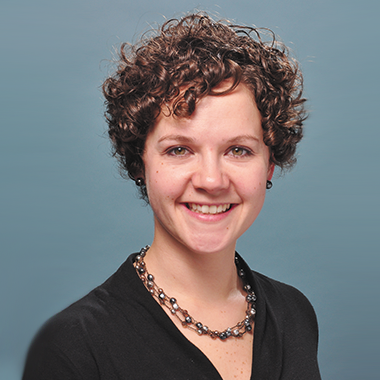A: The most effective masks should meet three criteria: secure, multi-layered, and comfortable.
The mask should seal at the bridge of the nose, cheeks, and chin. Masks made from multiple layers of material outperform single layer masks. A comfortable mask is more likely to be worn.
KEY MESSAGE: Masks work in decreasing spread of COVID-19.
Fabric and disposable masks that meet the above criteria are appropriate for community use. Wearing a disposable mask covered by a cloth mask can increase the layers of protection. N95 masks are best at filtering out infectious particles for the wearer, though remain in short supply and can be uncomfortable for long periods of time. KN95 and KF94 masks function similar to N95s and are easier to find, though many counterfeits exist. See below for some tips to get the most out of your masks.
You want your mask to fit securely on the bride of your nose, cheeks, and under your chin. Masks with an adjustable wire on the nose, commonly found in surgical masks and sometimes in fabric masks, help seal the mask and hold it in place. You also want a close fit at the cheeks. Pleated styles and straps that tie around the head can improve the seal on the sides of the face. While gaiter masks and bandannas can be convenient, they are not great at sealing the chin and are often made of single layer thin material. Vented masks allow your droplets to escape the mask and do not protect those around you.
More layers stop more droplets. Your mask should have at least three layers of material. Surgical masks have 2-4 layers (check before you buy). Many fabric masks have more than one layer. Alternatively, you can combine masks to increase the layers of fabric by adding a filter or wearing two masks. (Don’t wear three masks. Too much of a good thing!)
Find a mask you don’t despise. It’s much easier to wear a mask with style and confidence if it’s not hurting your ears or falling off your nose. When you find one you like, buy a few and keep one with you anytime you may be outside your home or in the company of people you don’t live with. There is no one-size-fits-all solution.
N95, KN95, and KF94 masks are designed to decrease inhalation of infectious particles by the wearer. The use of N95, which remain in short supply, should be prioritized for individuals at high risk of complications, healthcare environments, and indoor environments with large numbers of people. While KN95 and KF94 masks are easier to find, read the fine print as there are a number of counterfeit masks on the market.
The first role of masks is to reduce the number of potentially infectious droplets that get propelled into shared space. This is called source control and is really important in decreasing transmission. Most masks accomplish this goal to some degree. The second task of a mask is to prevent the inhalation of infectious droplets by the wearer. Cloth and surgical masks are not consistent in this goal, though their effectiveness can be improved by adjusting the fit and layering. Certified N95, KN95, and KF94 masks are likely to increase in availability and use in the months to come.
Masks are one line of defense in a toolkit of risk mitigation strategies. They are the last physical barrier between the virus and your body. Other strategies to reduce infection risk include maintaining distance, limiting time, outside instead of inside, and avoiding contact with people outside you household decrease the work of the mask and remain vitally important.
Additional Resources
World Health Organization Mask Questions Answered
Popular Mechanics Mask Type Explainer
What is a KF94 mask and do you need one?
Opinion piece in the Atlantic on the need for better masks in the US


